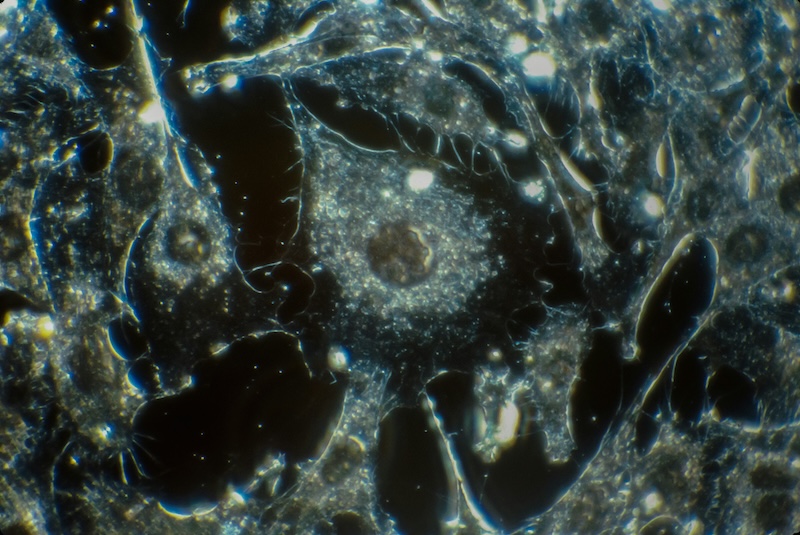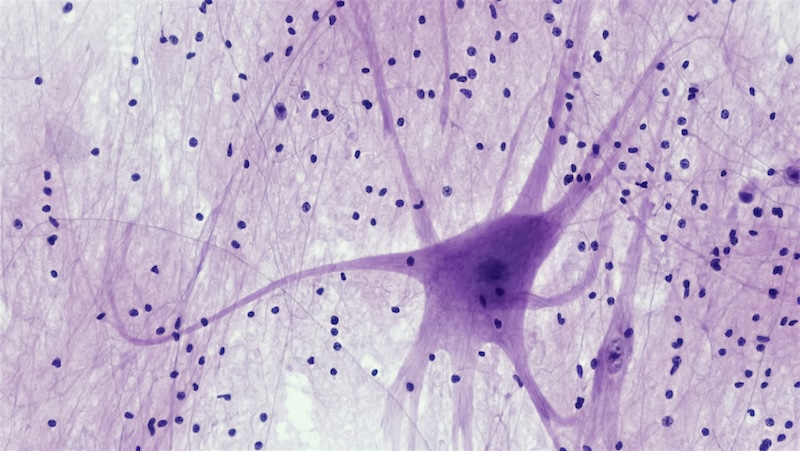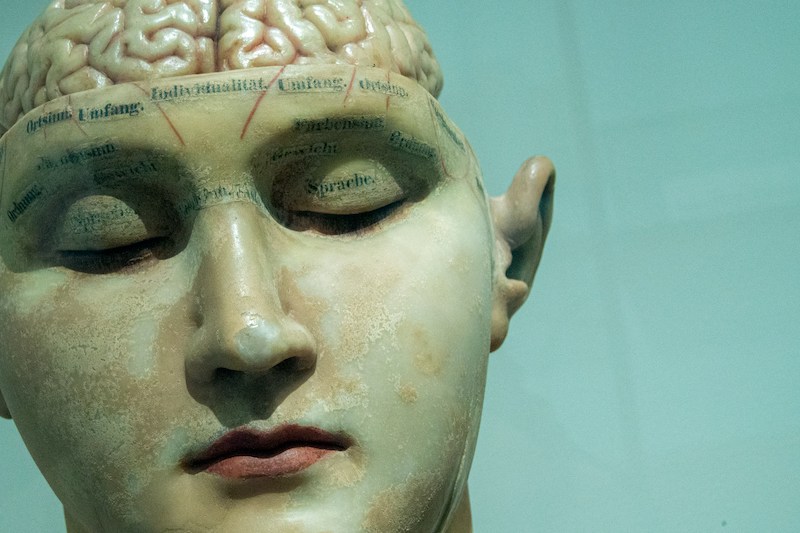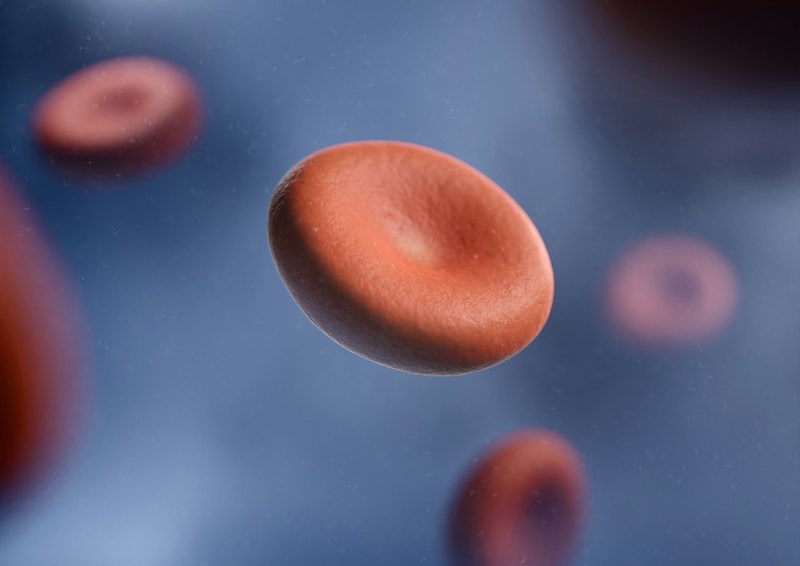Are there any weight-loss medicines containing bupropion that can help you lose weight?


Are there any weight-loss medicines containing bupropion that can help you lose weight?


How to get the newest medicine for skin repigmentation in vitiligo, before it's available in Chile.


What is the latest available weight loss pill, and how can German patients with obesity access it?


Learn about the new treatments for Parkinson's and how to get them in Chile before they're locally approved.


Which are the newest NF1 treatments in the world, and how to get them in the UK?


Is Mysimba or Wegovy more suitable for you? A comparison of the two medicines.


Although Mysimba has EMA approval, it has not been easily available in Germany. Here's how you can find the medicine.


How can you access the latest treatments for lung cancer, before they're available in Poland?


Is the new non-steroid cream for psoriasis available in the UK (and how to get it before it is)?


From lifestyle changes to medicines that can help with emotional eating - a lasting lifestyle improvement is possible!


Which medicines can replace Ozempic for weight loss (and are available in Germany)?


The first medicine for fatty liver disease with fibrosis is not yet approved in Poland, but you can get it. Here's how.


What are the newest immunotherapies for cervical cancer, and how to get them in Poland right away?


How to get the only approved treatment for restoring skin pigmentation in vitiligo in Poland.


Learn how to start a treatment with Ketas (ibudilast) for ALS, before it's available in Poland.


Discover the latest treatment for COPD and how to get it in Poland before it's available.


How to get the newest Alzheimer's medicine in Poland, before it's EMA approved or locally available?


How to get Fycompa in Poland, although it's not widely available?


Learn which are the newest medicines for CML (that can replace Gleevec), and how to find them in Nigeria.


What are the latest treatments for lung cancer, and how to get them in Nigeria?


Which are the latest treatments for breast cancer in the world, and how can patients in Nigeria access them?


How can patients in Nigeria get one of the newest medicines for lung and thyroid cancer? All you need to know.


How can NIgerian prostate cancer get the most innovative treatments, before they're available locally?


Where to get dostarlimab in Russia (before it's available)?


When will the newest Alzheimer's medicine be available to patients in Switzerland (and how to get it sooner)?


Is the new Alzheimer's medicine available to Swiss patients, and how can you get it?


A new efficient and safe medicine to lower triglycerides in FCS patients is now available. But when will it be available to you?


Can Rezdiffra lead to weight loss and how can it be combined with weight loss medicines as part of your MASH treatment?


All you should know about the newest treatment for COPD, including how it compares to other medicines.


When will the first approved medicine for fatty liver with fibrosis be available in Europe and the UK?

